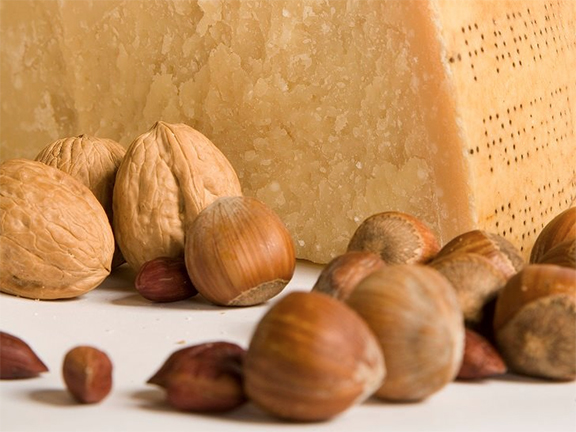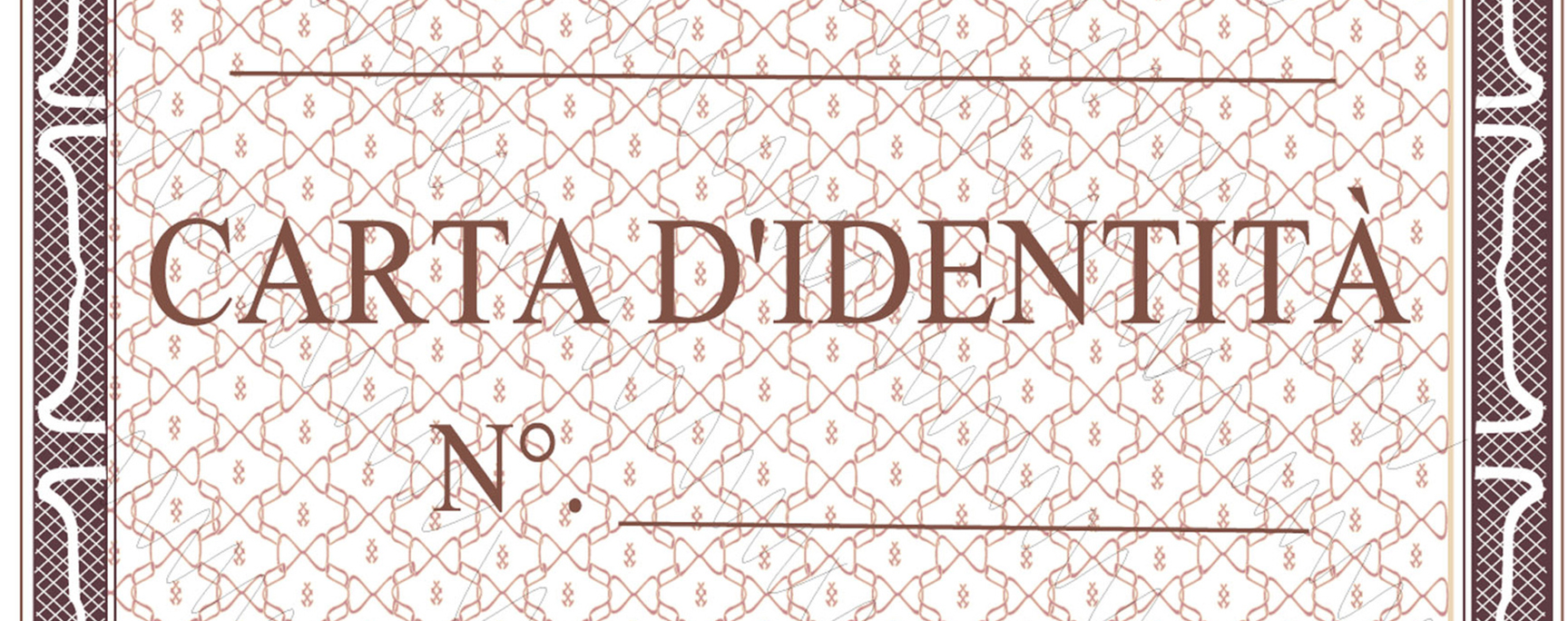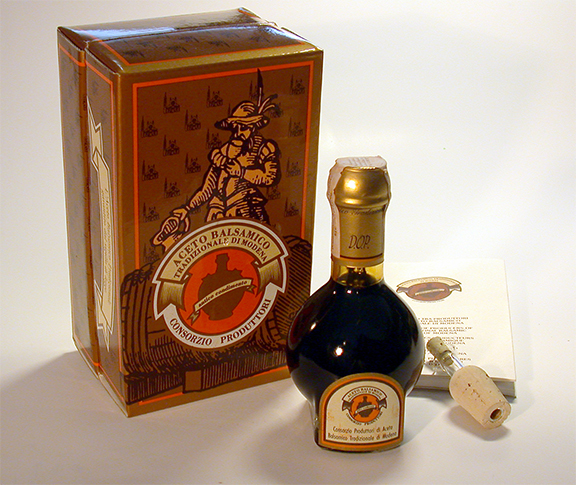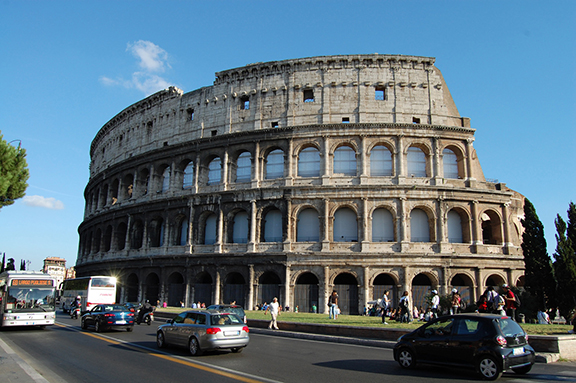Above: Real Parmigiano Reggiano can only be produced using cow’s milk from cows raised in the provinces of Parma, Reggio Emilia, Modena, Bologna, and Mantova. For it to be real Parmigiano Reggiano, it has to have that flakey, crumbly consistency that can only be achieved by cheesemakers in those provinces (image via the Parmigiano Reggiano official Facebook).
Over the last week, two widely read articles have been published about “Parmesan” cheese in the U.S. today by Bloomberg, here and here.
In the first, “The Parmesan Cheese You Sprinkle on Your Penne Could Be Wood,” Lydia Mulvany writes about an FDA inquiry into the fraudulent labeling of Parmesan cheese in the U.S.
“Some grated Parmesan suppliers,” she writes, “have been mislabeling products by filling them with too much cellulose, a common anti-clumping agent made from wood pulp, or using cheaper cheddar, instead of real Romano.”
I almost fell out of my chair when I read that. Since when is “Romano” used in “Parmesan”?
“Romano” is generally understood to be foreign imitations of Pecorino Romano while “Parmesan” is a foreign imitation of Parmigiano Reggiano.
I checked out the website of a leading U.S. producer of Parmesan and here’s what it reports for the ingredients: “Made with fresh milk gathered daily from our local farmers.” No Romano.
Sadly, neither Ms. Mulvany nor most of her readers or even those suing Walmart for their allegedly adulterated Parmesan (the subject of the second article) seem to know what Parmesan cheese really is or where it comes from.
And even more disconcerting is the fact that most Americans — and I based this on my own anecdotal experience — don’t even know that true Parmigiano Reggiano can only be produced in the provinces of Parma, Reggio Emilia, Modena, Bologna, and Mantova.
Next Thursday, March 3, we’ll be tasting and talking Parmigiano Reggiano with an organic cheesemaker from Modena province at the Taste of Italy festival in Houston.
Click here for event and registration details.
Last-minute registration welcome.
















Vinogirl 10:07am on March 4, 2016
The EU is big on place of origin, which they should be. There is a storm brewing in the UK wine-world with Sussex wanting to become a PDO, although one winery has already patented the name. Interesting stuff, Do Bianchi.